State of the University Address
General Academic Assembly 2020 - COVID-19, the University of Saskatchewan and Change
By Peter StoicheffI have chosen to deliver this General Academic Assembly address from the president’s residence instead of the customary location in Convocation Hall. During the Spanish Flu epidemic 102 years ago, 20 volunteer health providers worked at the City’s emergency Emmanuel Hospital on campus. They stayed here, in the president’s residence, for the duration of their service, as part of the general quarantine of the campus.
This, too, is an extraordinary time in our university’s history. The COVID-19 pandemic has suddenly taken the world by storm. It has required us to change and respond in ways we would not have imagined more than a few weeks ago.
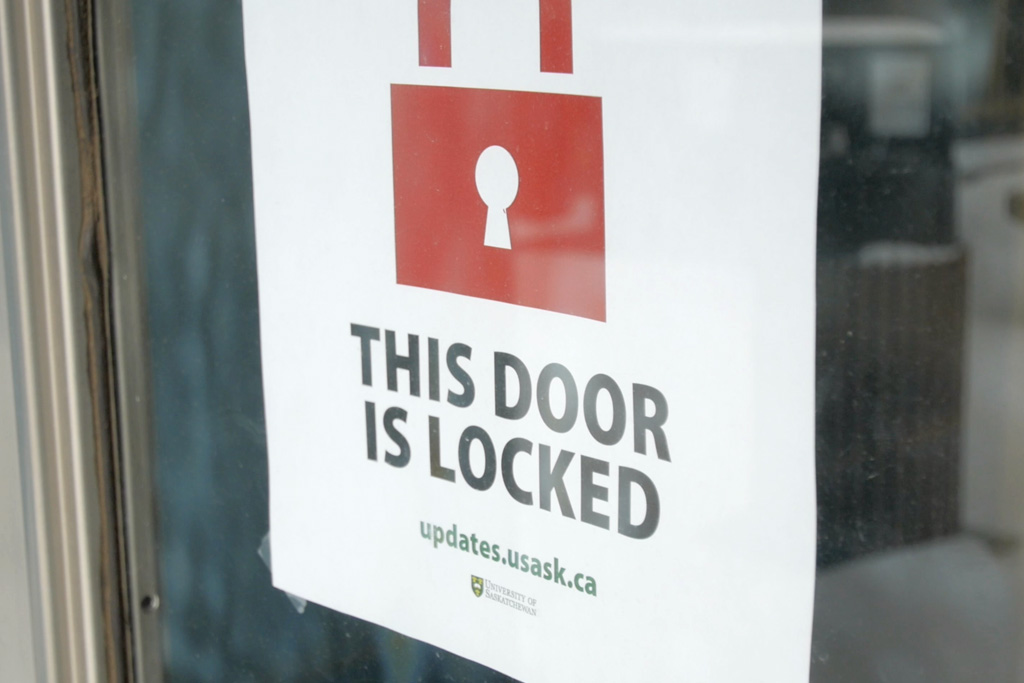
But it has not moved us off our mission. The University of Saskatchewan is not closed, even if its buildings are. Its teaching and learning, and aspects of its research and discovery, continue. The pandemic has required us to make fundamental changes to how we carry out our mission, but it has not thrown us off our mission. It has kept us apart; it has brought us together.
In the space of five days three weeks ago, we made a wholescale move to remote instruction and remote exam formats for the rest of this term for upwards of 26,000 students that will extend into the spring and summer terms as well. This was a remarkable achievement, one that would have been challenging in even the best of times, and it’s a reminder to us all of how innovative and nimble we are, individually and as a community.
We postponed June convocation ceremonies that would have seen more than 8,000 attendees. We ensured our research, scholarly and artistic work activities complied with federal and provincial health policies. We helped many hundreds of students in residence, who had off-campus homes to return to, to do so—and have ensured accommodations here for those who had no other options. We required almost our entire workforce, numbering in the many thousands, to work from home, knowing that it would take such drastic measures to help our community stay well and safe.
You could argue that this isn’t the first time we have had to take such actions. The Spanish Flu epidemic of 1918 disrupted the city and the university enormously for its time. But what we’re witnessing today is at a scale and pace of change never before seen in our university’s history.
It has been difficult, the challenges involved have been daunting, and I thank everyone at the university for their vision, flexibility, and collegiality during this extraordinary time that has asked so much of us all.
More about our response to the pandemic in a few minutes. But that response does make me think about how much change we have driven here, over just the last five years. If I had been asked five years ago what our university’s priorities were then, I would have said that they included teaching and learning, research and discovery, and community engagement. Those three priorities still hold, and are a part of our Mission, Vision and Values document. But much has changed in the relatively short time since then, and many more priorities have emerged.
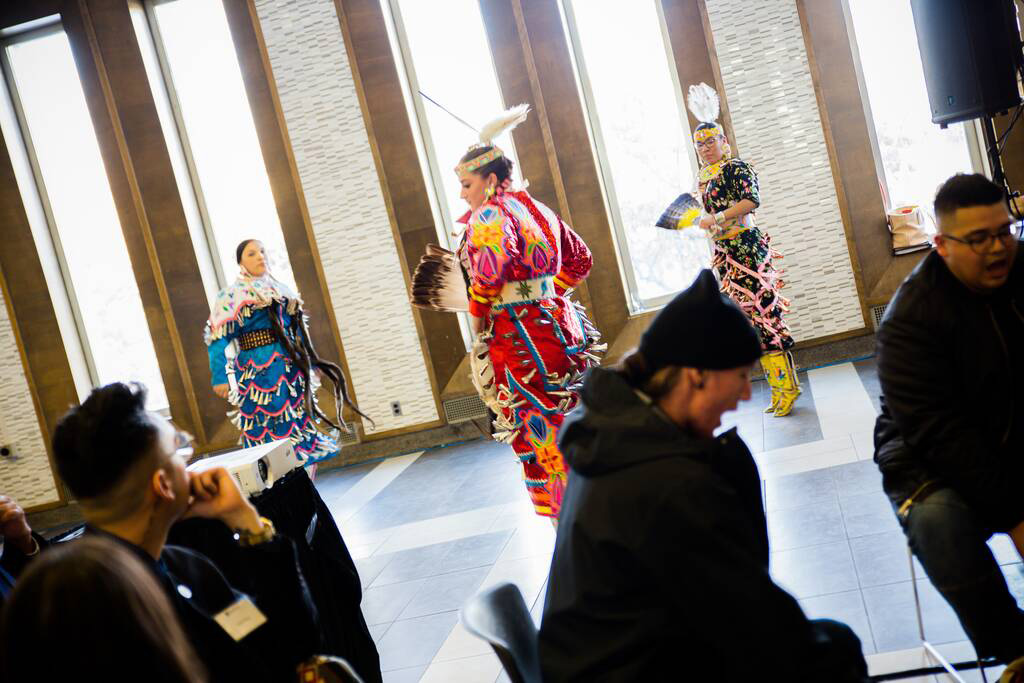
The first is Reconciliation and Indigenization, beginning with the release of the Truth and Reconciliation Commission’s report in December of 2015, one month after we held the country’s first National Building Reconciliation Forum. We have done much in this regard, and there remains much to do.
Another recent priority is Sustainable Development Goals. In my first GAA address to the campus community I stated that “universities well positioned for the future also place a high priority on sustainability.” Sustainability isn’t merely another problem to be tackled or solved by innovative research and study, though it does deserve a large amount of research attention; it needs to be foundational to many of the decisions made within the university. The significance of Sustainability is why I ensured it was one of the key principles in our mission, vision, and values document and a pillar of our University Plan, and why I have appointed a President’s Sustainability Advisory Circle and requested a university-wide strategy from it for 2021.
Another is Equity, Diversity and Inclusion, for which we also have a university-level task force. We are one of eleven universities in the country to be part of the federal government’s Dimensions pilot program, into national initiative to help drive deeper cultural change within the research ecosystem.
The withdrawal by Saudi Arabia of its students from Canada two years ago made all universities far more attuned to the geopolitical realities of the day, and how they have direct consequences for all of us—realities that have expanded, not diminished, in impact since then.
Freedom of Expression has emerged at the political level in ways not seen previously, as part of provincial governments’ agendas (not ours in Saskatchewan), and a federal party postsecondary platform as well.
Mental Health and Wellness has dominated postsecondary realities for at least three years now. The mental health of our students and campus-wide community is a key priority now, and we are moving swiftly to ensure all our students have the necessary programs, supports and services to ensure their well-being.

And Innovation, which I have spoken about in previous GAA addresses, is more important than ever before. In the city with the second-fastest growing IT hub in the country, adjacent to one of the largest innovation parks on the continent, strengthened by being a research-intensive university that is creative and visionary, and having the impact we have on the regional and the Canadian economy, we should play a large role in the provincial and national innovation ecosystems.
All Canadian universities have been more challenged by reductions to provincial operating grants in the past five years than ever before. I am pleased to see that our latest provincial budget reflects confidence and support, on the part of our government, for our contribution to the province’s future; as does its recently released Plan for Growth. But it nevertheless remains a priority for all of us to make the case of our value proposition convincingly to our stakeholders, the public, and all levels of government.
To this list of priorities that have emerged over just the last five years we can now add a global pandemic that has asked much of us, and to which we have responded in a timely fashion.
My point here is that our university has already changed enormously over a short span of time, and will continue to change even more rapidly for the foreseeable future. We will need to continue this pace of change, as we commit to doing in our University Plan. In fact, a post-COVID University of Saskatchewan will be very different from the one we have been familiar with to this point. In a previous GAA address I said that if we don’t like change, we’ll like irrelevance even less.
In the midst of planning for future change, it is important that we not lose sight of our collective achievements to date as a university. We are a university that has achieved much in the past year.

Our enrolments have continued to rise, and we are now projecting 29,000 students by 2025. Although the pandemic might slow the achievement of this goal, I have confidence we will meet it. This is not a situation all universities in Canada are in by any means; and it is a result of our faculty, staff and administration setting a high standard of excellence to which students and our many stakeholders positively respond.
We have continued to conduct research, scholarly and artistic work of high value across the university that has been recognized locally, nationally and internationally—in the social sciences and humanities and fine arts; in the health sciences; in the sciences; in our professional colleges.
We continue to improve in Tri-Council activity, and we continue to be a strong national presence with our unique science facilities that together have accounted this year for a significant percentage of the federal Canada Foundation for Innovation’s funding through its Major Science Initiatives program for the entire country. Three new Canada Research Chairs—all held by female academics recognized as leaders in their fields—have been established at the University.
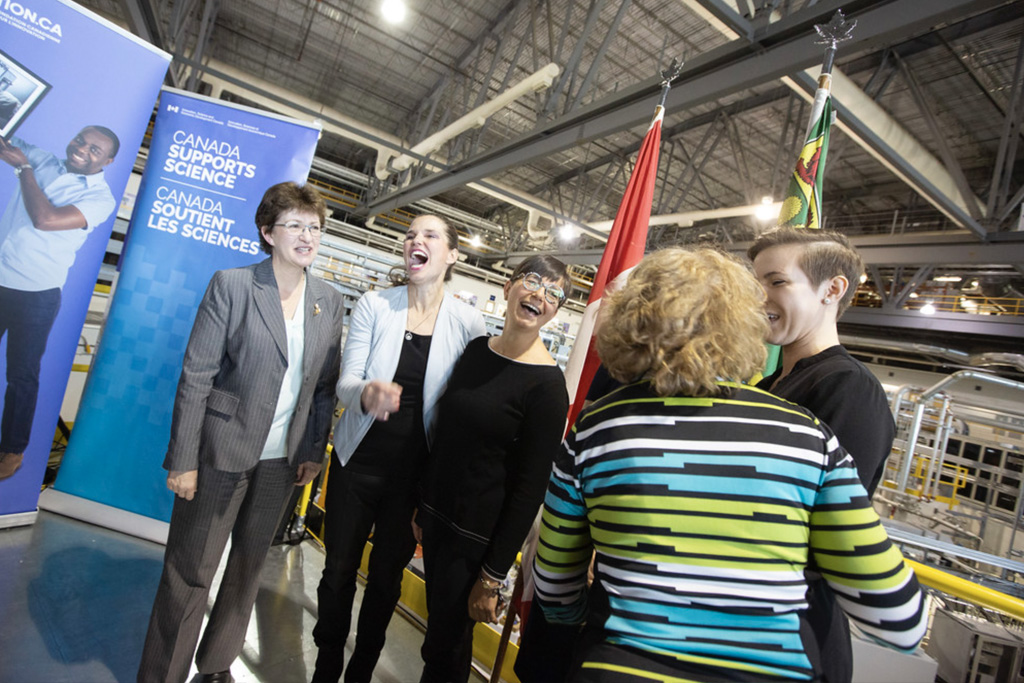
As global demand for plant protein increases, we continue to be a leader in that area of research and training. Researchers in the College of Agriculture and Bioresources and in the Global Institute for Food Security have played a key role in international consortia that have decoded the genomes for bread wheat, lentils and, most recently, durum wheat, canola and peas, in order to improve breeding of complex traits such as crop yield, and insect and disease-resistance.
Innovative multidisciplinary research continues at the university’s Plant Phenotyping and Imaging Centre at the Global Institute for Food Security. Computer scientists are teaming up with plant scientists, remote sensing specialists, and crop breeders to apply machine learning techniques to plant breeding, with a focus on wheat, canola and lentils. We’re one of only half a dozen in the world doing this type of cutting-edge “computational agriculture” work that will improve crop yield, profitability and sustainability in the agri-food sector.
Our Global Institute for Water Security researchers are at the forefront of water research nationally and internationally. They recently testified to the Parliamentary Steering Committee on Environment and Sustainable Development in Ottawa, and have been advocating for a national flood and drought forecasting system.
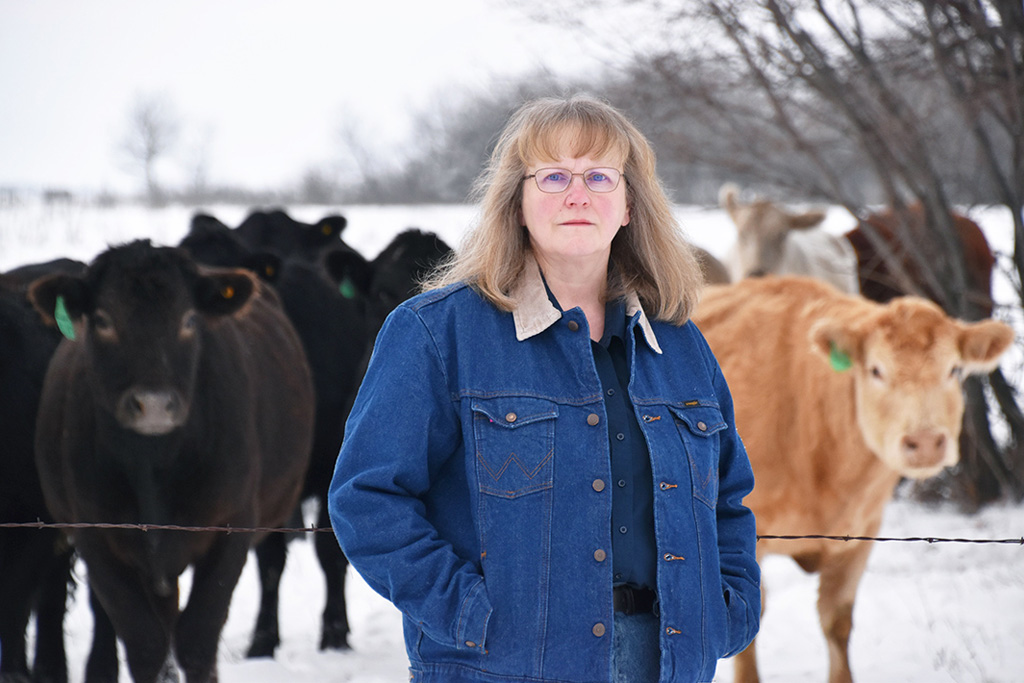
Meanwhile, our researchers at the Western College of Veterinary Medicine and the College of Agriculture and Bioresources, in partnership with our new Livestock and Forage Centre of Excellence, are undertaking a five-year research program to study beef cattle health and productivity, supported by NSERC and the Beef Cattle Research Council. They will work with the industry to address priorities of Canada’s beef producers across the beef value chain—from improved herd health, to expanded surveillance of antibiotic use and resistance, to increased uptake of best practices for herd management.
In early March, we hosted the Honorable Jim Carr on campus to announce federal funding for research to implement and assess a new pharmacist-led interprofessional model for chronic pain management aimed at helping to reduce opioid use and improve patient health.
Writers associated with the University of Saskatchewan took top honours in five categories at this past year’s Saskatchewan Book Awards. A faculty member in Studio Art received the university’s Distinguished Researcher Award at our June 2019 convocation.
We continue to have a positive impact on communities near and far, from the City of Saskatoon to Bangladesh to India (where we signed institutional agreements) to Mozambique. Our external relationships continue to grow in number and impact, befitting our goal of being the university the world needs.
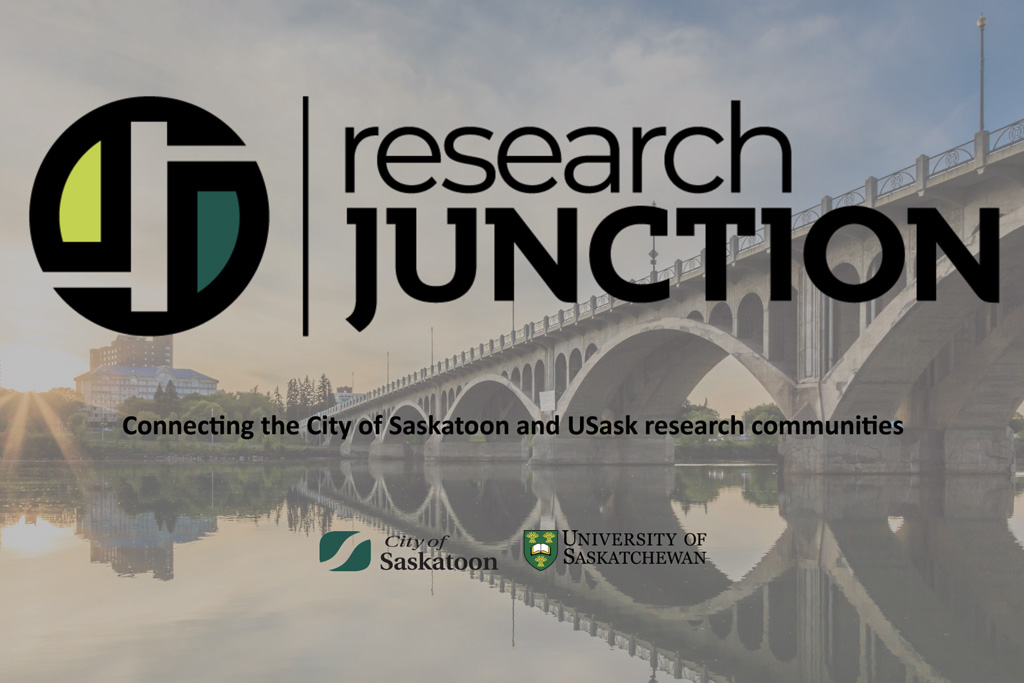
For example, our partnership with the City of Saskatoon continues to be productive as a result of the MoU we signed two years ago to explore wide-ranging collaborations in urban planning, reconciliation, transit, environmental sustainability, and youth issues. We are now partnering on a new cost-shared initiative – Research Junction—that has developed collaborative research projects addressing urban issues for the benefit of the Saskatoon community.
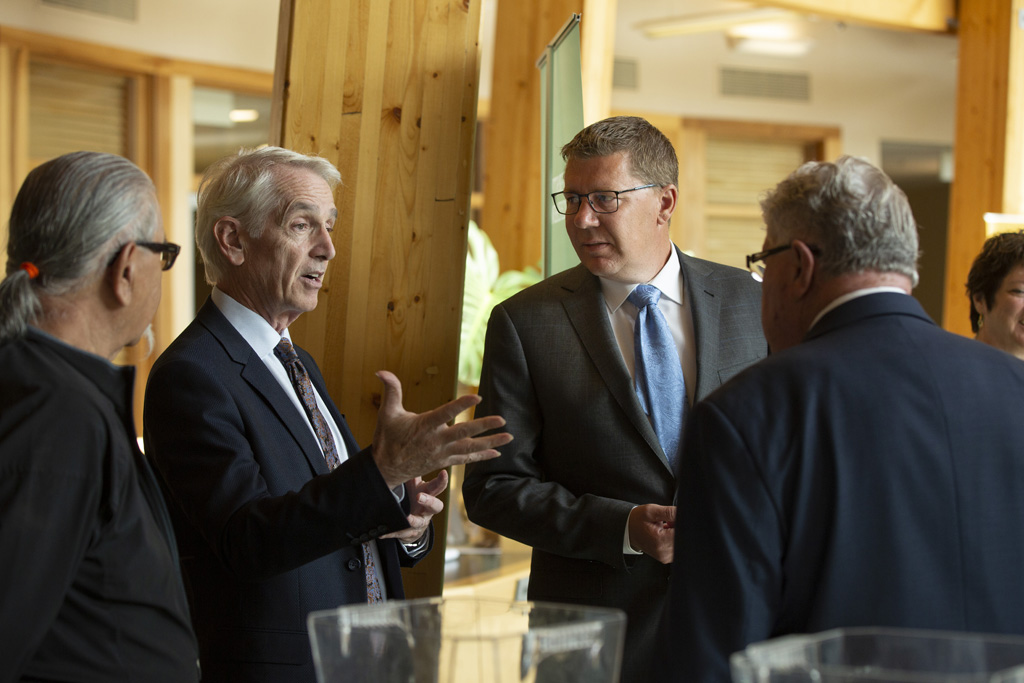
Last fall we celebrated the new University of Saskatchewan signage on our future Prince Albert Campus—hundreds of people from here and from P.A. attended the event, including the premier, and we look forward to the opening of the campus itself in the coming year.
University of Saskatchewan researchers are leading an international partnership project to explore how northern residents can achieve energy independence and benefit economically and socially by developing renewable energy.
We played a key role in the annual Pacific Northwest Economic Region (PNWER) summit, held in Saskatoon this past July. This international forum brought together over 400 public and private sector leaders from western States and Provinces to learn about key economic issues, strengthen regional cooperation and advocate for regional interests. It provided an excellent opportunity to showcase the people and work of the university and to advance our role as an economic driver of the region.
As a result of this community-engaged work, we figure prominently in the province’s new Plan for Growth—a recognition of the value we bring to the province of today and to the province of the future.
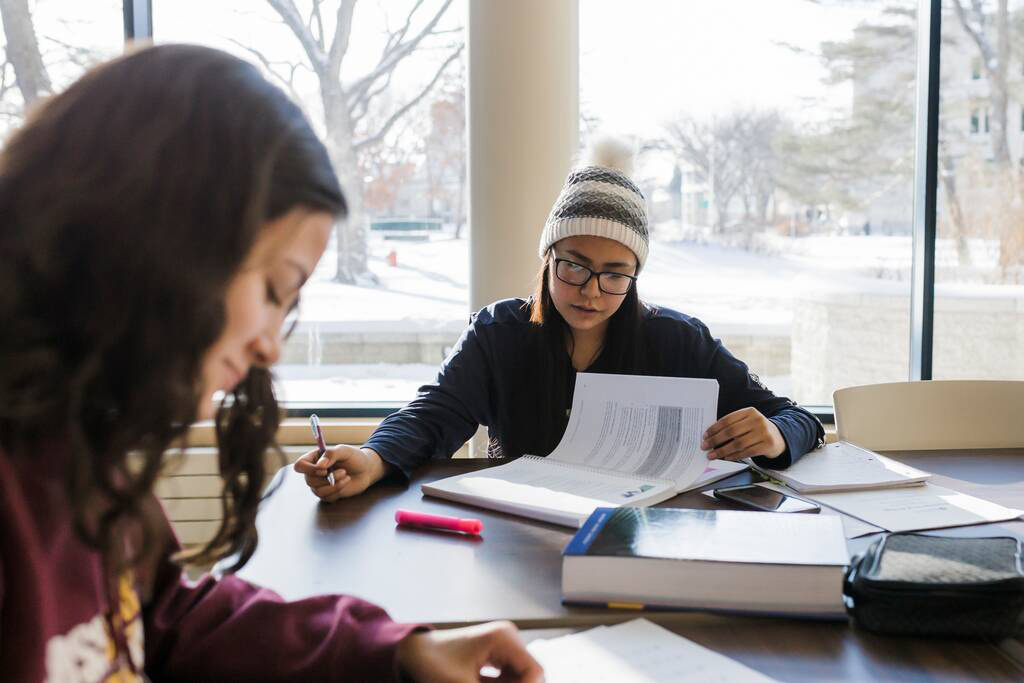
And we continue to be a leader in Reconciliation. Indigenous enrolment, graduation rates for Indigenous students, and faculty and staff hires, are increasing. Relations with Indigenous governments and communities continue to strengthen, as seen in the MOUs signed this year with the Saskatoon Tribal Council, with the Prince Albert Grand Council, and with Metis Nation Saskatchewan. These MOUs continue our commitment to improve upon academic programs and services, and to ensuring university education access, relevance and achievement for Indigenous students, faculty and staff at this university.
Fulfilling one of the commitments in our MOU with the FSIN, I spoke at the FSIN Grand Council’s winter assembly last April, the first time a president from this university has done so.
On February 28th we held the third annual Internal Truth and Reconciliation Forum hosted by our Office of Indigenous Engagement. Distinguished Indigenous leaders including Phil Fontaine and the Lieutenant Governor of Saskatchewan, the Honorable Russ Merasty, spoke memorably to the hundreds in attendance.
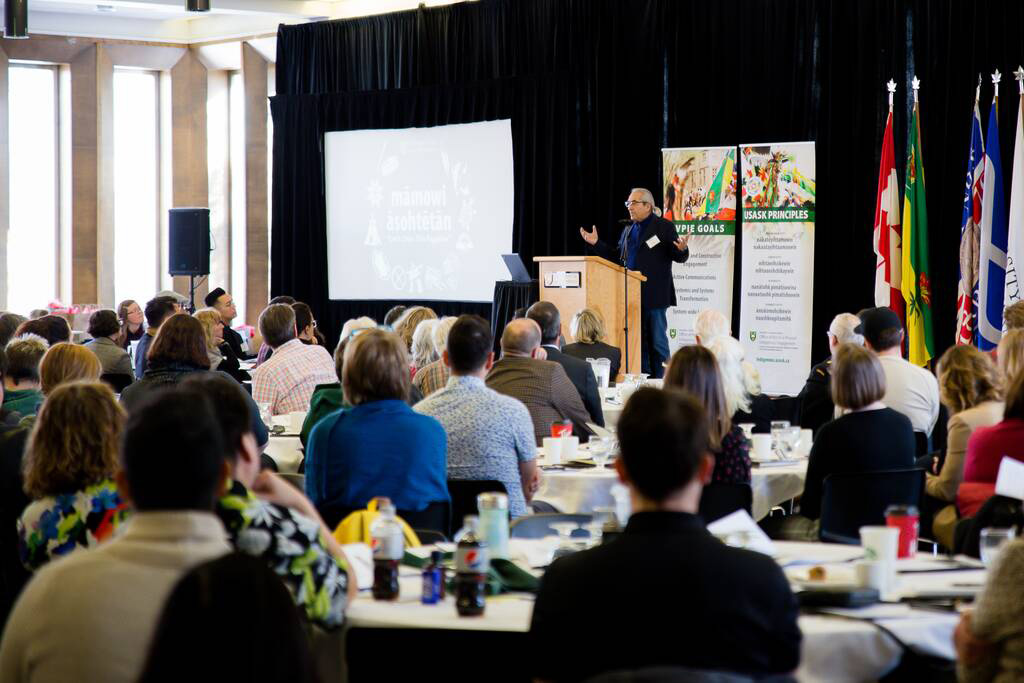
The Johnson-Shoyama Graduate School (JSGS) of Public Policy held a public event last spring in a packed Neatby-Timlin theatre featuring three commissioners, including the chief commissioner, of the Missing and Murdered Indigenous Women and Girls inquiry.
And CIHR’s national Institute of Indigenous Peoples’ Health, based at the University of Saskatchewan, announced this past year a new five-year plan that puts Indigenous community voices and priorities at the forefront of its research activities.
Because of our research, scholarly and artistic work; our community engagement; and our teaching and learning, we continue to be the University the World Needs, and we continue to change for the better.
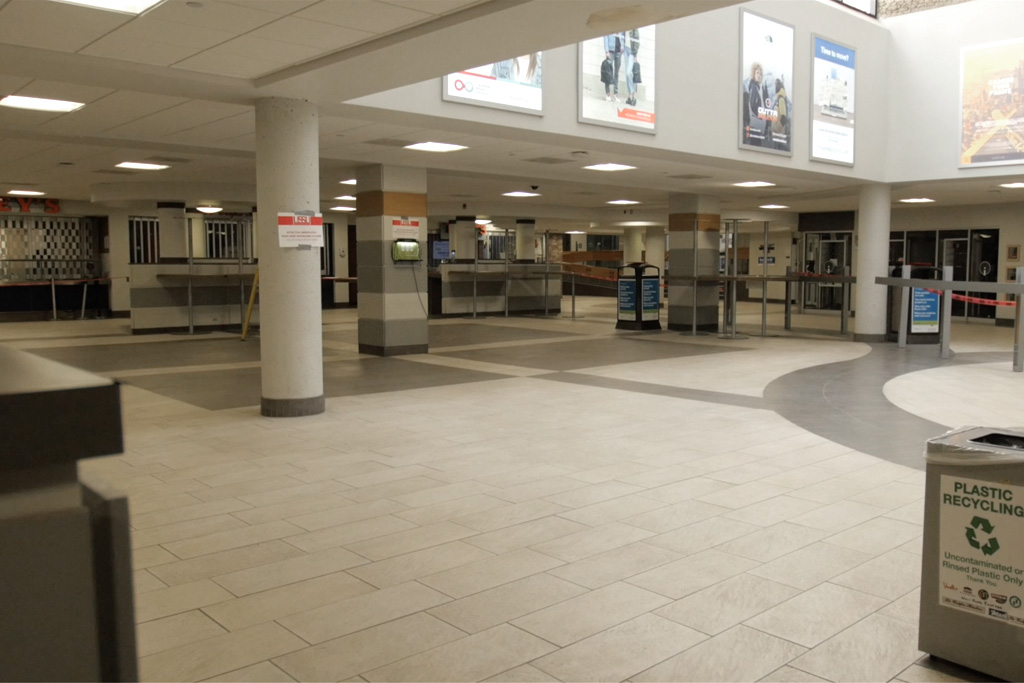
And now back to COVID-19.
I said that we have been living through an extraordinary time—apart but together. It has asked much of us all.
Like every university in the world, to respond to this pandemic we have had to make fundamental changes to everything we do—helping keep us all safe during this difficult time, and contributing to the safety of the city and the province.
This is new territory for all of us. Our decisions have been based on the best evidence and predictions available to us, and are closely aligned with federal, provincial and municipal government policies, as well as with Canada’s post-secondary community (at the U15 and Universities Canada level) and our many program accreditation bodies.
I am grateful to all of you who’ve had to make the move to working from home, in isolation from colleagues, and far from the day-to-day rituals and comradery we perhaps took for granted. I thank all of you for making the extraordinary wholescale move to on-line teaching and learning, as well as the complete move to on-line exams.
There are too many people deserving of our thanks for me to fully identify here—our COVID-19 response has truly been a community effort. From the front-line employees who continue to work on campus; to the Gwenna Moss Centre that leads the remote teaching project; to the health sciences faculty, staff and students providing front-line care; to our animal care team ensuring the safety of our thousands of animals; to our communications team whose work has been stellar and round the clock; to our ICT team supporting all remote activities; to our Human Resources team; our facilities management team—the university community is indebted to you.
And I extend my appreciation to our university’s Crisis Management Team that has enabled and supported this move so expertly. It has provided the crucial strategic planning necessary to accomplish the move to remote instruction and research, building closures, student residence and food services changes, ongoing communications, IT support, support to the Saskatchewan Health Authority, human resources management strategies and so much more. Their work has made the difference in all these areas, and has been round-the-clock.
And I thank all the deans and other members of the university’s senior leadership team for their extraordinary and successful efforts leading their respective units through this crisis.
COVID-19 is challenging our students in extraordinary ways.
It's essential we all remember that students remain our top priority at this time. We work continually with our students, with our U15 and Universities Canada partners, and with the federal and provincial governments so that we can make the best decisions possible to address the many financial and academic pressures they are facing. We will provide updates on the decisions we make, in consultation with and in the best interests of students, as we move into the Spring and Summer terms, and into the Fall.
In the midst of all this, we are finding ways to help the city, the province and the country respond to COVID-19.
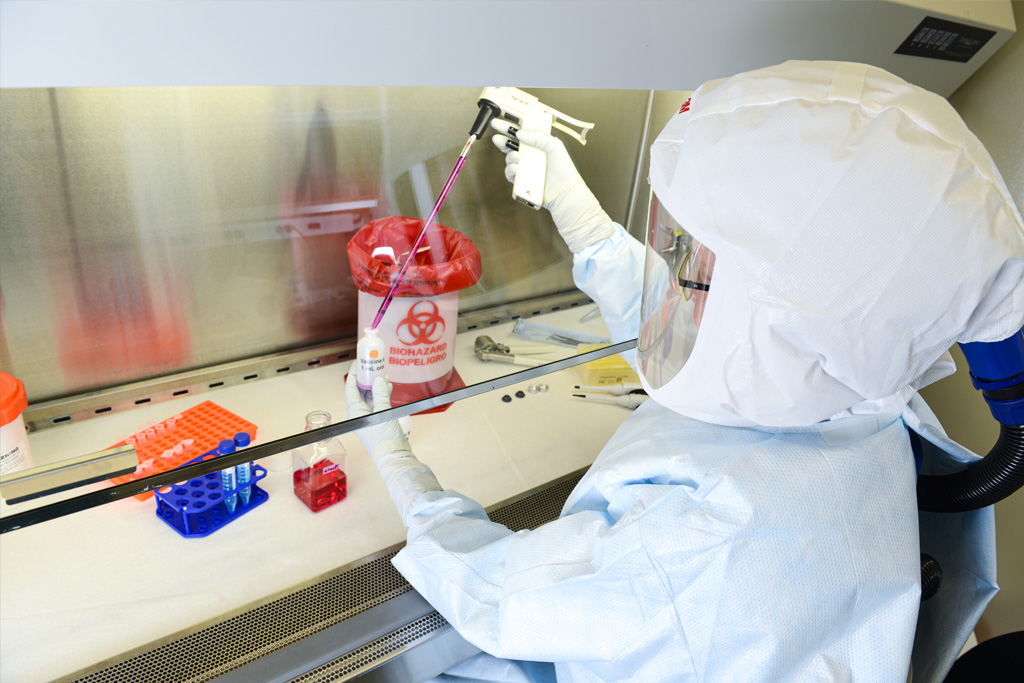
We’ve got world-class research that’s on the front lines of the fight against the virus—at VIDO-InterVac, for instance, where researchers are working on a vaccine and potential medications. The federal and provincial governments have recognized the value of VIDO-InterVac’s potential contributions to the design and development of a COVID-19 vaccine and have supported the lab’s work recently with high levels of funding to do the work. We remain, in this regard, a significant and recognized player in the global research effort to find a vaccine and therapeutic medications.
We’ve got faculty and students working on everything from modelling the pandemic’s spread to helping reduce individuals’ anxiety levels. Our Law students have set up a donations drive to help children affected by the crisis locally. Our Medicine students have organized a drive to donate personal protective equipment for Saskatoon and Regina hospital staff. Students from across the university have helped organize groups in cities across Canada to deliver supplies to the elderly, share resources and support their communities.
We’ve got highly trained alumni making a difference in many fields, here and globally, in the fight against the pandemic.

The extraordinary circumstances created by the pandemic have brought out extraordinary responses from members of our USask community. In short, we are working together to be the University the World needs in this worldwide crisis.
We are now turning our attention to scenario planning, assumptions and strategies for the fall term. We will need to know, as a university, by sometime in mid-May, what our teaching, research, workforce locations—and other fundamentals of what we do—will look like come September.
And beyond that? What will the post-COVID-19 University of Saskatchewan look like? I suggest we plan on learning from this crisis so that we emerge from it—and we will—stronger, even more creative in what we do, reaching more people around the world, having an even greater positive impact on the province and the region and the country—full of the confidence that, together, we respond to change very well.
In closing, I continue to urge you to reduce the spread of COVID-19 and its impact by ensuring physical distance, and self-isolation when necessary, in accordance with federal and provincial public health orders.
And I continue to be confident that we will make it through this. Apart for now, but no less together.
Thank you, and stay well.

